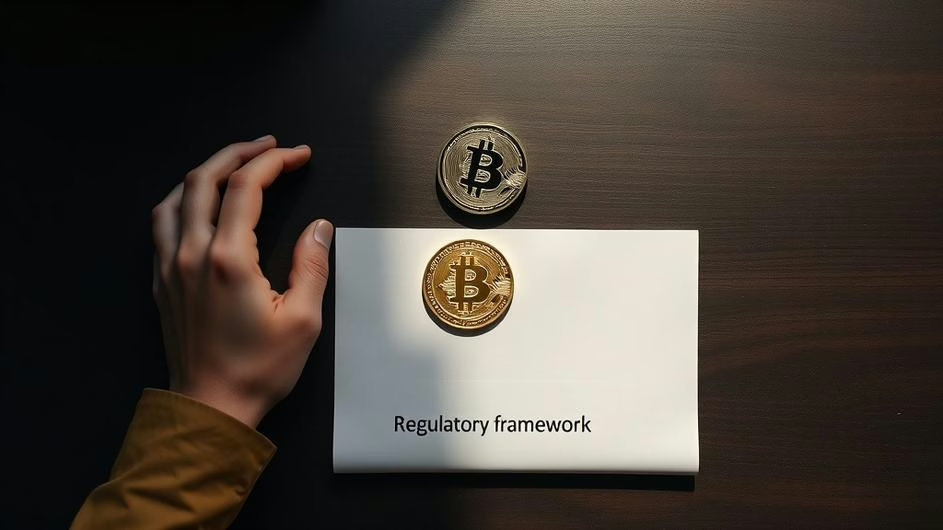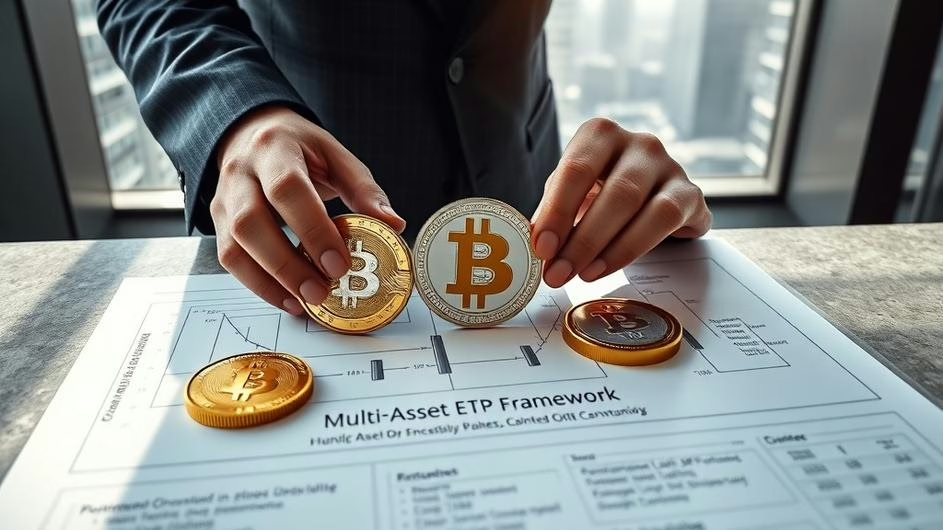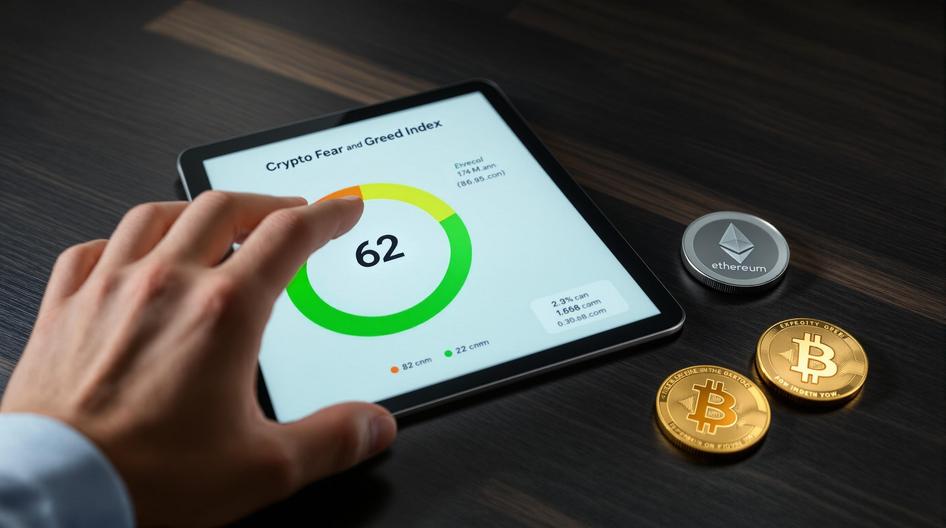
Innovations and Challenges Shaping the Future of Bitcoin and Global Crypto Markets in 2025
The crypto world never sits still. If you’ve spent the last few months tracking the headlines, you’ll know 2025 is already shaping up as a year packed with breakthroughs, regional power shifts, and market surprises. Decentralized finance, trading strategies, and miner tactics are all evolving—so what should users, traders, and developers really care about as we move deeper into this era?
Sustainable Bitcoin Mining Power-Ups: Canaan Leads the Charge
Crypto insiders love to fight about sustainability, but one thing’s becoming clear: green mining is moving from wishful thinking to operational reality. Case in point? Canaan Inc. isn’t just talking about eco-friendliness—they’re building it straight into their business. In October, they mined 92 BTC, bumping their treasury to north of 1,600 BTC and staking 3,950 ETH on their balance sheet. How did they pull it off? By running a hefty 8.25 exahashes per second on their rigs—enough muscle to influence global hash rates.
Then came the real flex: the Avalon® A16XP ASIC miner. Canaan’s newest hardware churns out 300 terahashes per second, running at just 12.8 joules per terahash. It’s not just a flashy stat; this gear slices energy waste, thanks to clever engineering that turns what would’ve been waste gas into a power source. That’s more mining with less environmental kickback—exactly what regulators and analysts want to see. If you’re an investor or institutional miner, this shift doesn’t just improve your ESG score. It could trim your operational costs and boost your performance, too. For users, more efficient miners mean a healthier Bitcoin network over the long haul.
If you’re curious how these gains stack up versus older generations, or want to track ROI, here’s a quick glance:
| Model | Hashrate (TH/s) | Efficiency (J/TH) |
|---|---|---|
| Avalon® A16XP | 300 | 12.8 |
| Previous Gen (e.g., A1246) | 90 | 38 |
You can review more mining hardware trends in stories like this one on the mining innovation wave and how sustainability is becoming non-negotiable.
Smarter, Simpler Bitcoin Mining: Quantum Blockchain’s AI Leap
Crypto mining used to be a high-stakes hardware arms race, but Quantum Blockchain Technologies might be tilting the field. Ten months of R&D led to their all-software Method C AI Oracle, which works out of the box with familiar tools like CGMiner. If you’re mining from home or running a mid-tier farm, this is huge. No more scrambling for specialty ASICs—just drop in the software upgrade. Suddenly, efficient mining is less about who can afford the best box, and more about who can integrate smarter tools.
This update sets up waves of commercial testing, thanks to Quantum’s partnership with some U.S. ASIC manufacturers. Why does it matter? If these systems let more small players join the network, decentralization improves, meaning a stronger, more stable blockchain. For developers and startups eyeing break-in opportunities, lower entry barriers could mean a shot at real influence. Worried gas fees are making DeFi non-viable? Smarter mining helps—costs are less likely to spike if operational efficiency goes up across the board.
For those interested in on-chain innovation and the integration of AI tools with blockchain, the conversation is heating up at the intersection of AI, cloud, and regulatory shifts.
The Asia Pacific Surge: Crypto’s New Growth Engine
Zoom out to a global scale and Asia Pacific holds the wheel. According to Ripple’s Monica Long, the region’s real crypto transaction volume shot up by roughly 70% this year. That’s not just a blip. Why is APAC heating up? Partly because regulators are finally offering enough clarity, letting payment startups and even traditional banks roll out blockchain-based services without sweating compliance crackdowns.
You’re seeing companies rack up on-chain transaction volumes, stablecoin pilots, and cryptocurrency as a legitimate payroll option in Southeast Asian tech hubs. For traders, the lessons are clear: regional liquidity is rising, smart contract adoption is booming, and regulatory certainty means fewer sudden rug pulls.
Curious what’s fueling Asia’s surge? Get the full regulatory and adoption breakdown from this look at regional blockchain growth and why Asia’s approach could become a global benchmark.

Cloud Mining Goes Mainstream: DeepHash Lowers the Barrier
Not everyone wants to build a server farm. Enter DeepHash, the UK-based outfit now rolling out a mobile-first, cloud-based Bitcoin mining app for iOS, Android, and the web. Their pitch? Anyone can get daily BTC payouts without sweating about hardware or energy bills. It’s all wrapped in an AI-powered hash rate manager, running on renewable energy drawn from the UK, Norway, Iceland, and Texas.
When passive income, mobile accessibility, and green credentials collide, you get more than a mining service—you get an accessible, decentralized financial on-ramp. Think it’s just another cloud promo? Consider this: with more users able to participate, mining rewards could spread wider, hash rate distribution may become more robust, and mobile-first models could accelerate the crypto learning curve for a wider market segment. Learn how cloud mining is being adopted by the next wave of users.
Market Turbulence: Bitcoin’s Sub-$100K Slide and Investor Nerves
Despite upbeat tech news, you can’t ignore the numbers. Bitcoin recently dipped under $100,000—an inflection point that rattled nerves across crypto and finance circles. Tech stock selloffs and cautious investors stand partly to blame, but the bigger story is deeper: a retreat from whales, ETFs, and even some corporate treasuries. For holders, that’s a call to reexamine risk management. For exchanges, liquidity provision becomes a headache. And for policymakers? It’s a stress-test of regulatory guardrails.
Recent trends suggest volatility is pushing users towards stakable coins, diversified DeFi strategies, and low-fee trading venues. Developers are experimenting with on-chain insurance and new DAO governance models to hedge against these shocks.
But is this a bearish endgame, or a test that’ll weed out weaker protocols? It’s too soon to call. Just know that when the market gets rocky, adaptive technology and sound regulation will be the difference between fade-outs and fresh rallies.
What’s Next: AI-Crypto Synergy, Sustainability, and Regional Clarity
So how do you make sense of it all if you’re deep in the tech or holding bags of tokens? Start here: AI isn’t just a buzzword. As more miners embrace AI-powered optimization, and as platforms like DeepHash prove the value of mobile accessibility, end users and investors will demand seamless, green, and transparent experiences.
Regulatory clarity—like what we’re starting to see in Asia Pacific—brings confidence. Expect copycats in other regions, and watch how cross-border stablecoin payments, DAO-based compliance, and synthetic asset trading accelerate.
And don’t forget to look at the domino effect. Ethereum gas fees influence whether smaller players try DeFi or stick to CEXs. The next Bitcoin halving might amplify pressure for energy-efficient mining setups. Meanwhile, countries with clear frameworks could see institutional capital flow in, especially if staking yields and passive rewards stay attractive.
If you’re mapping your next move, check these resources to ground your strategy:
- Bitcoin’s evolution and upcoming halving cycles
- Crypto wallets and ecosystem growth in 2025
- Sweeping changes in crypto staking, staking pools, and integration
- How Web3 infrastructure is powering next-gen digital economies
- Market dynamics and the rising influence of AI in crypto markets
The Takeaway: Crypto’s Pivot Year is Laying New Ground Rules
The next phase of crypto isn’t about slogans or moonshots. It’s about using smarter software, building seriously efficient hardware, creating regulatory clarity, and leveling the playing field for users everywhere. Sustainability, accessibility, and real utility are the bedrock of the next crypto bull run, whether it starts tomorrow or next quarter. If you’re building apps, staking tokens, or just holding, focus on protocols that are battle-tested and adaptive. And keep an eye out—today’s local surge or tech tweak could become tomorrow’s global standard.
Sources
- Bitcoin Latest Updates: Canaan Turns Gas into Gold with Green Mining Technology, Bitget, 12 November 2025
- Quantum Blockchain unveils ‘software-only’ version of its crypto mining tech, Sharecast.com, 12 November 2025
- Asia Pacific takes the lead in global crypto transactions, CNBC, 13 November 2025
- DeepHash Launches Global Mobile Bitcoin Cloud Mining Platform in 2025, The Globe and Mail, 13 November 2025
- Bitcoin Sinks Deeper Below $100,000 as Bear Market Grips Crypto, Bloomberg.com, 13 November 2025





















































